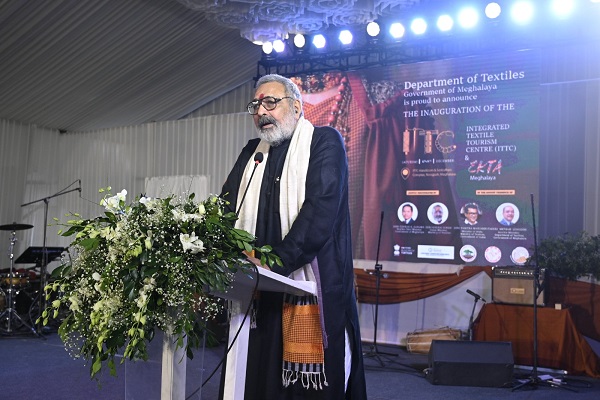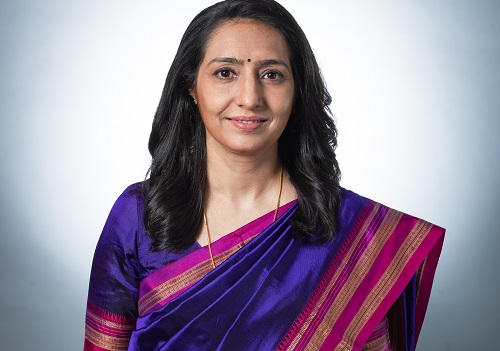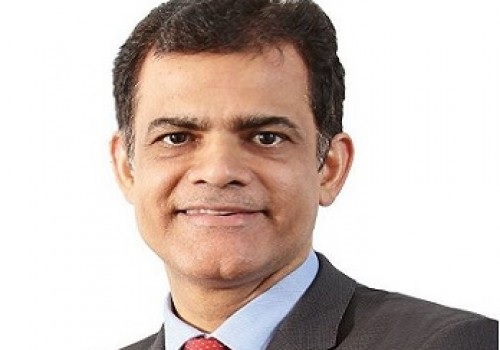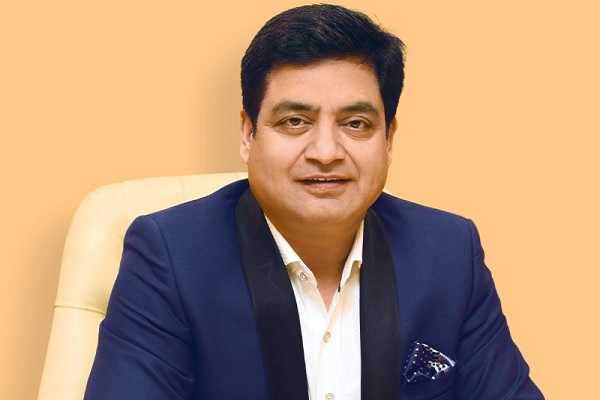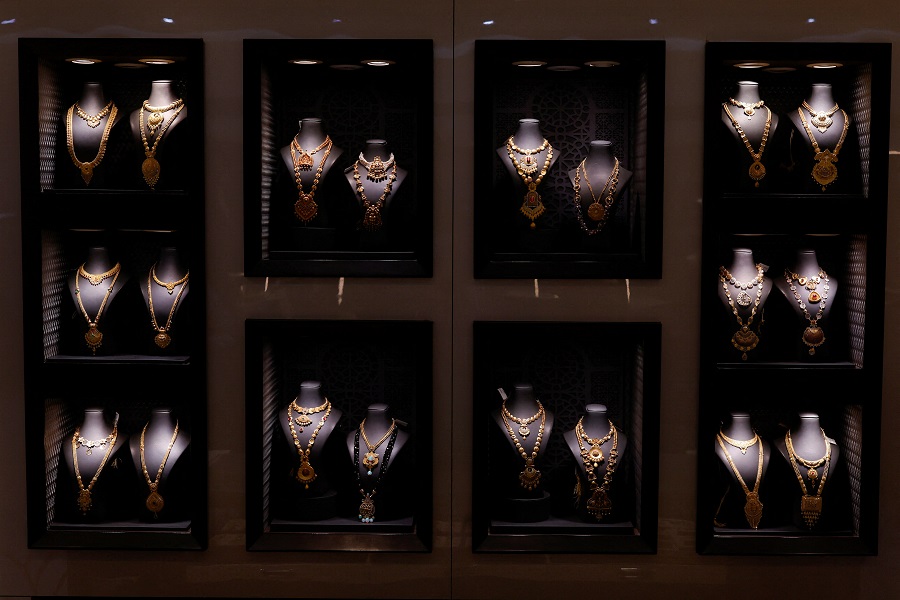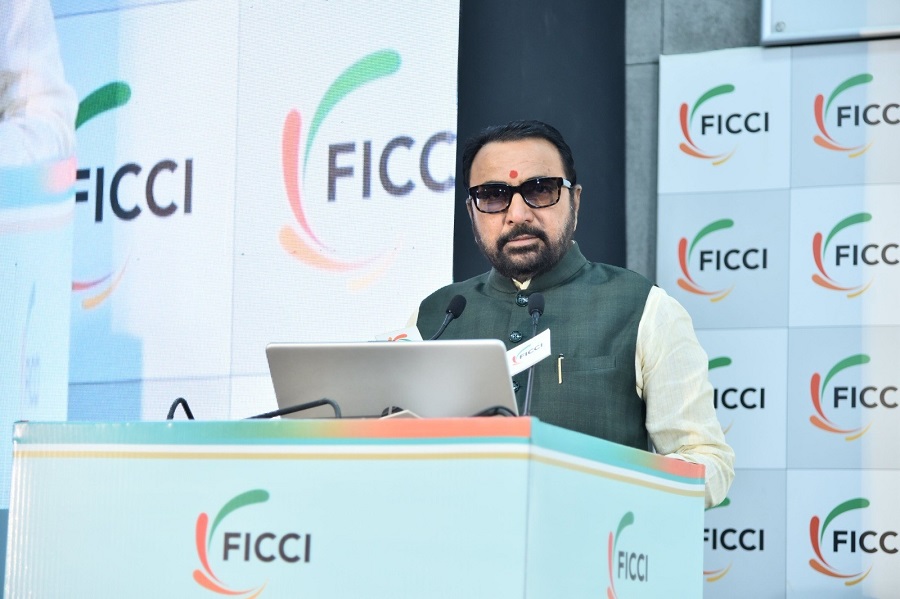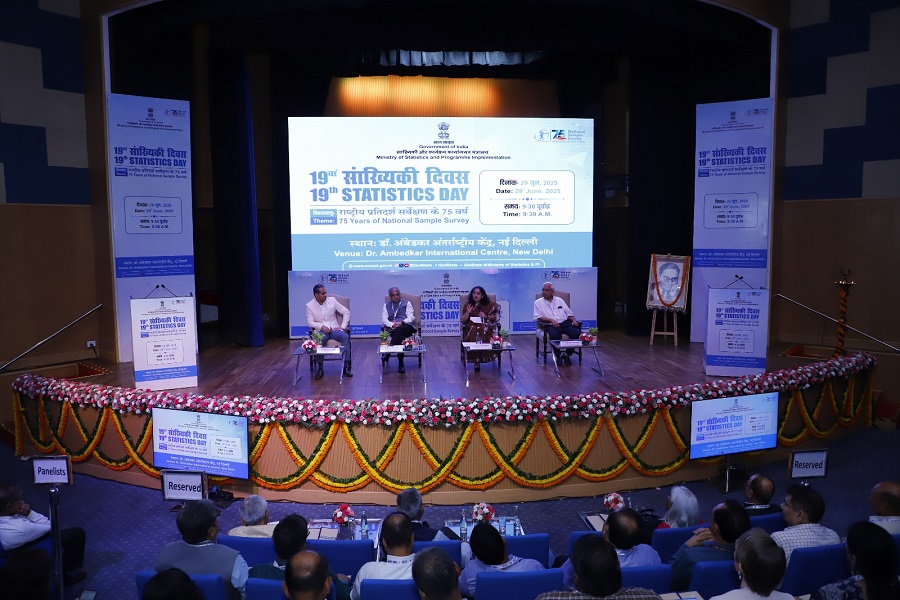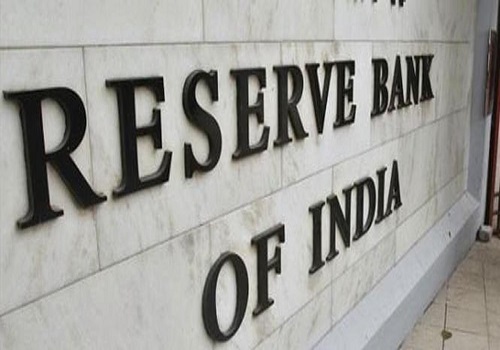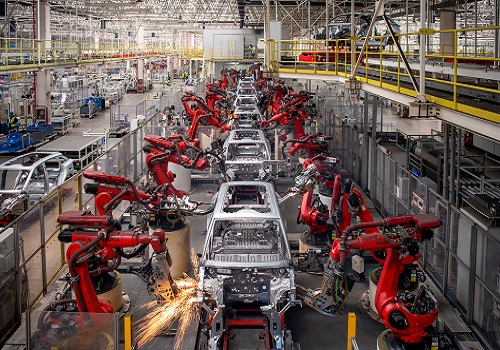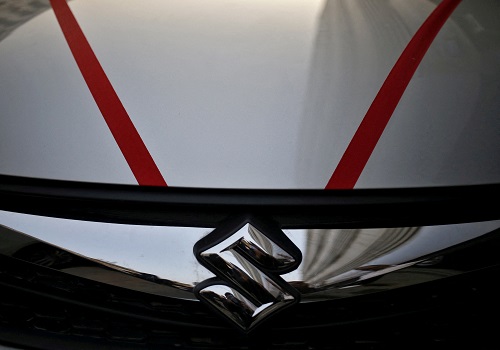India Strategy - ‘Payouts’ – The enabler for value creation By Motilal Oswal
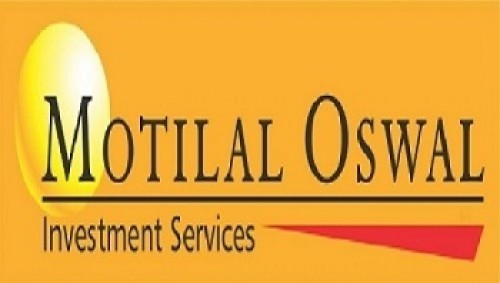
‘Payouts’ – The enabler for value creation Aiding companies to optimize capital allocation
* Capital allocation is unarguably one of the most important decisions taken by a company’s management to amplify earnings growth and maximize shareholder returns. Companies could either deploy funds generated from operations to expand existing/new businesses (M&A/capex/ working capital/R&D), generate superior returns on incremental capital employed, repay existing debts or return excess cash to its shareholders.
* In this note, we take a deep dive into one of the key alternatives to capital allocation – ‘Payout to shareholders’ – to understand its importance in shareholders’ value creation.
* The concept gains more traction with the recent changes of (a) reduced corporate tax rates (from FY20), and (b) shift of dividend taxation to classical method (of taxing in the hand of individuals as against by the company), which increases companies’ potential to generate higher surplus (distributable) cash. Also, the benign interest rate regime is likely to propel corporates to distribute surplus cash (to its shareholders) and avoid an adverse impact on return ratios.
* Historically, while considering the two matrices of dividend – yield and payout – dividend yield is more commonly used and scrutinized. While the former evaluates the dividend distributed by the company with respect to its current market price, the latter evaluates the proportion of earnings distributed by the company to its shareholders. We believe that the payout ratio is a better indicator of a company's ability to consistently distribute dividends in the future. Also, in our view, sustainable payouts not only reinforce our belief of a healthy business but also management’s focus on maximizing shareholder return (Market cap. growth plus payout to shareholders via dividend and buyback) by improving capital allocation.
* Over FY10-20, 186 companies under MOFSL universe have delivered an average payout ratio of 41% with shareholder CAGR return of 8%. We analyzed these companies to understand the impact of payouts ratios in creating shareholder value over the last decade. Key insights highlighted below:
Divergent profit/dividend pools – High payout entities usually outperform
* Profit/dividend pools of MOFSL universe have seen significant divergence. Oil and Gas sector was the largest contributor to the overall profit pool (22%) while Technology was the largest payout contributor to the overall payout pool (20%). This, we believe, is primarily due to varying level of capital intensity across sectors and certainty of cash flows.
* On an aggregate basis, companies with higher payout ratios (40-100%) outperformed peers by delivering shareholder returns of 10% CAGR.
Growth amplifies performance of high payout companies
* Companies with high payouts, which also deliver high earnings growth, are a lethal combination for generating superior shareholder returns.
* Our analysis of MOFSL universe over FY10-20 suggests that companies with both high payout ratios (>40%)/ earnings growth (>12.5%) have outperformed in terms of shareholder returns (CAGR 19.9%). On the other hand, companies with low payout ratios/earnings growth have delivered the weakest shareholder returns (CAGR 5.7%).
* Companies that delivered high payout ratios (>40%) but had weak earnings growth (<12.5%), create an illusion of healthy (growing) business. However, these companies underperformed (with shareholders returns of CAGR 8%). Moreover, valuation for these businesses get moderated over time and may become a value trap for investors.
Healthy FCF conversion and optimal payout improves shareholder returns
* We believe earnings to free cash flow (FCF) conversion is one of the better matrices to evaluate capital intensity of a business.
* Our hypothesis is that low capital intensive businesses have higher capability to generate FCF for their businesses. Thus, these companies maintain higher sustainable dividend payout ratios to achieve optimal capital structure, which in turn, improves their return ratios.
* Companies with healthy payout from their FCF (payout of 40-100% from cumulative FCF over FY10-20) outperformed in the long run with shareholder returns of 11% CAGR.
Growth, cash flow conversion and payout –Troika of value creation
* Our analysis suggests that high earnings growth (CAGR >12.5%), average FCF conversion (>40%) and average payout (>40%) is the ‘Winning Troika’, which if constantly attained, could lead to outperformance.
* Our analysis of companies under the MOFSL universe over FY10-20 suggests that Consumer/Technology sectors have attained the tag of ‘Winning Troika’ and generated an overall shareholder return of 19%/13% CAGR. This is much higher than the overall shareholder return for the MOFSL universe at 8% CAGR.
* Further, over FY16-20, more(including a few new) sectors are coming into the limelight – Capital Markets, Consumer, Diagnostics, Insurance, Internet, Mining and Utilities – and are showing signs of the ‘Winning Troika’.
* Amongst the BSE-500 companies, we believe that the following 10 companies have demonstrated high payout ratios and earnings to FCF conversion over FY16-20 and as per consensus estimates are likely to demonstrate a high and improving earnings trajectory (v/s FY16-20) over FY20-22.
Large Caps: Asian Paints, HCL Technology, Hindustan Unilever, Infosys and Torrent Pharmaceutical.
Mid Caps : IIFL Wealth Management, Metropolis Healthcare, Mindtree, Nippon Life, and Page Industry
To Read Complete Report & Disclaimer Click Here
For More Motilal Oswal Securities Ltd Disclaimer http://www.motilaloswal.com/MOSLdisclaimer/disclaimer.html SEBI Registration number is INH000000412
Above views are of the author and not of the website kindly read disclaimer
